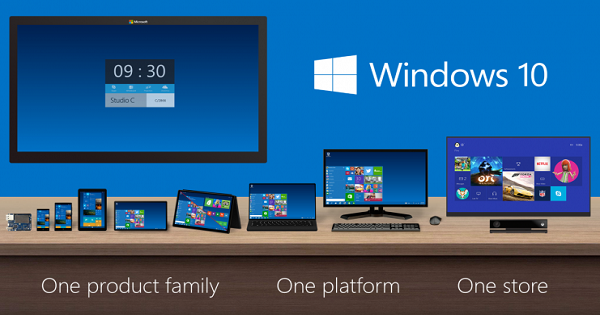Posted by : Cyber Freak
Thursday, 4 October 2012
Design trends are influenced by both form and function, but also bow to limitations of existing technology. When we look back at flat-screen TVs compared to LCDs, then further to the bulky cathode ray tube. The new technology is aimed at revolutionizing both displays (i.e. TV or smartphone screens) and lighting. OLED stands for Organic Light Emitting Diode, but since the light-producing technology is lightweight and can be applied to bendable surfaces, the term is often used to reference to flexible displays.
The Basics
OLED is a series of organic films that, when activated with electricity, will emit light. Early work with OLED was done on glass — for example, the current line of Samsung’s Galaxy smartphones use OLED in the display, sandwiched between layers of glass. In addition to glass, these organic cells can be coated onto plastic or foil, creating a display that is flexible — it can bend without cracking or breaking.
The light is powered with a low voltage current, below 14 volts, and is incredibly thin — 1.8 millimeters. OLED can be used in a personal device like a phone, or be applied to a large surface such as a wall — it won’t add bulk and won’t heat up the surface.
Capabilities of OLED
Philips did a collaboration with the Black Eyed Peas for a show in Paris. The outfits of the band members were integrated with OLED light panels, controlled remotely to display lighting sequences orchestrated with the set list.
It’s not only rock stars that find good use for OLED. The military is also an early adopter, using microdisplays made by eMagin for training. Microdisplays are 1×1 inches or smaller and used in a wireless headset so the user sees a 2D or 3D interface that changes as they look left to right. The headsets are fairly lightweight and therefore easily portable. eMagin is beginning to apply the same technology for gaming, in which wearing the headsets would replace looking at a screen. Another place OLEDs replace screens is for veterinarians, who could be on-site giving an ultrasound to cattle or sheep — viewing the ultrasound on a headset is much handier than looking over at a screen.
What Consumers Can Get Excited About
As a light source, OLED promises to be not only a lighter and thinner option, but also transparent. This means your car roof could be a window, letting in sunlight during the day, and at night, the same surface could turn into a light that comes on when the door is ajar. On a glass storefront, a lighted sign could display a sale, but would be transparent when turned off.
Car tail lights could also be replaced with OLED, allowing them to emit the same brightness with less bulk, so industrial designers of cars could make better use of the space or just provide consumers with a bigger trunk. At a recent conference, the Philips team used OLED-lighted nametags powered by batteries.
- Back to Home »
- technology , updates »
- The Future of Screens: OLED














